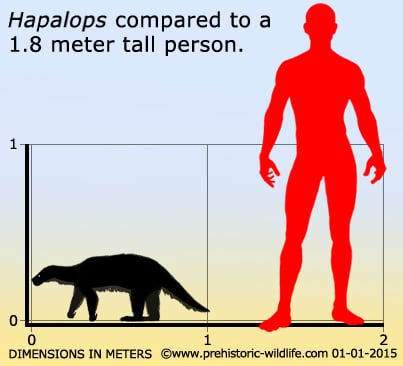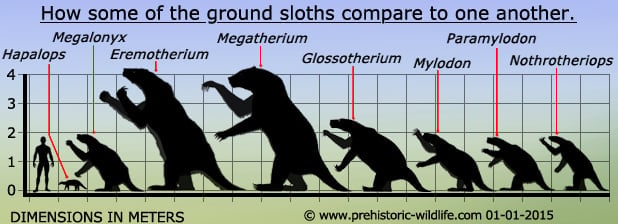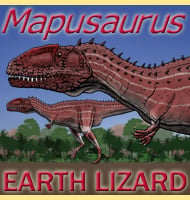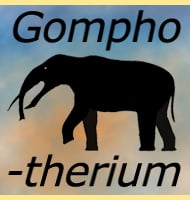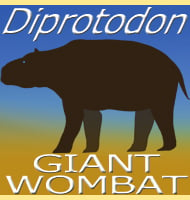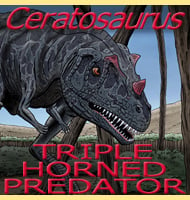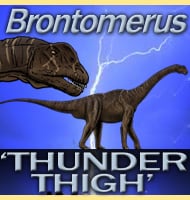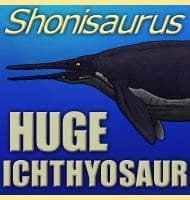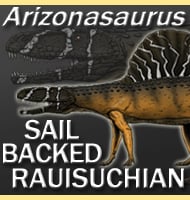In Depth
At one meter long Hapalops is not even close to the later giant ground sloths such as Glossotherium and Megatherium, but then groups of large mammals usually have their origins in smaller ancestors. Although not as awe inspiring in terms of size, Hapalops probably could do something that was impossible for its later giant relatives to do and this is actually climb into trees. This may have enabled it to stay out of the way of ground predators like the sabre-toothed marsupial Thylacosmilus as well as phorusrhacid terror birds like Kelenken and Brontornis. On occasions when on the ground, Hapalops probably walked on its knuckles to protect the long claws that were used to hook around branches.
Further Reading
– Mamiferos Cretaceos de la Argentina. Segunda contribucion al conocimiento de la fauna mastologica de las capas con restos de Pyrotherium. – Boletin Instituto Geografico Argentino 18:406-521. – F. Ameghino – 1897. – Enumeration Synoptique des especes de mammiferes fossiles des formations Eocenes de Patagonie. – Boletin de la Academia Nacional de Ciencias en Cordoba (Republica Argentina) 13:259-452. – F. Ameghino – 1894. – Indicators of locomotor habits in Xenarthrans: Evidence for locomotor heterogeneity among fossil sloths. – Journal of Vertebrate Paleontology, 13(2): 230-242. – J. White – 1993.
